Aircraft & Flight Demonstrations
Images captured use a variety of equipment, to include a Canon T3i and 5D Mk II as well as 70-300mm USM, 24-70mm USM, and EF 100-400mm USM lenses


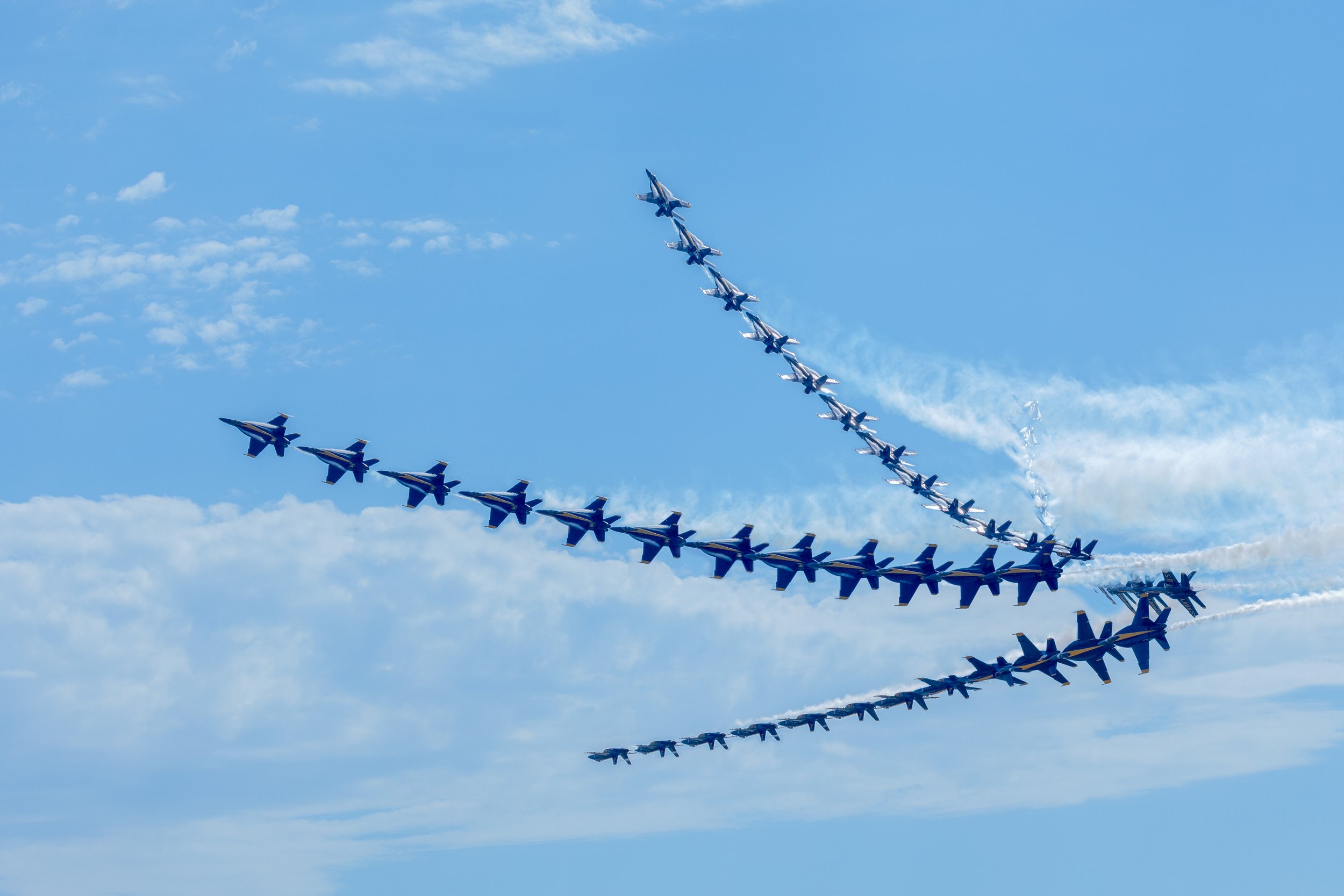

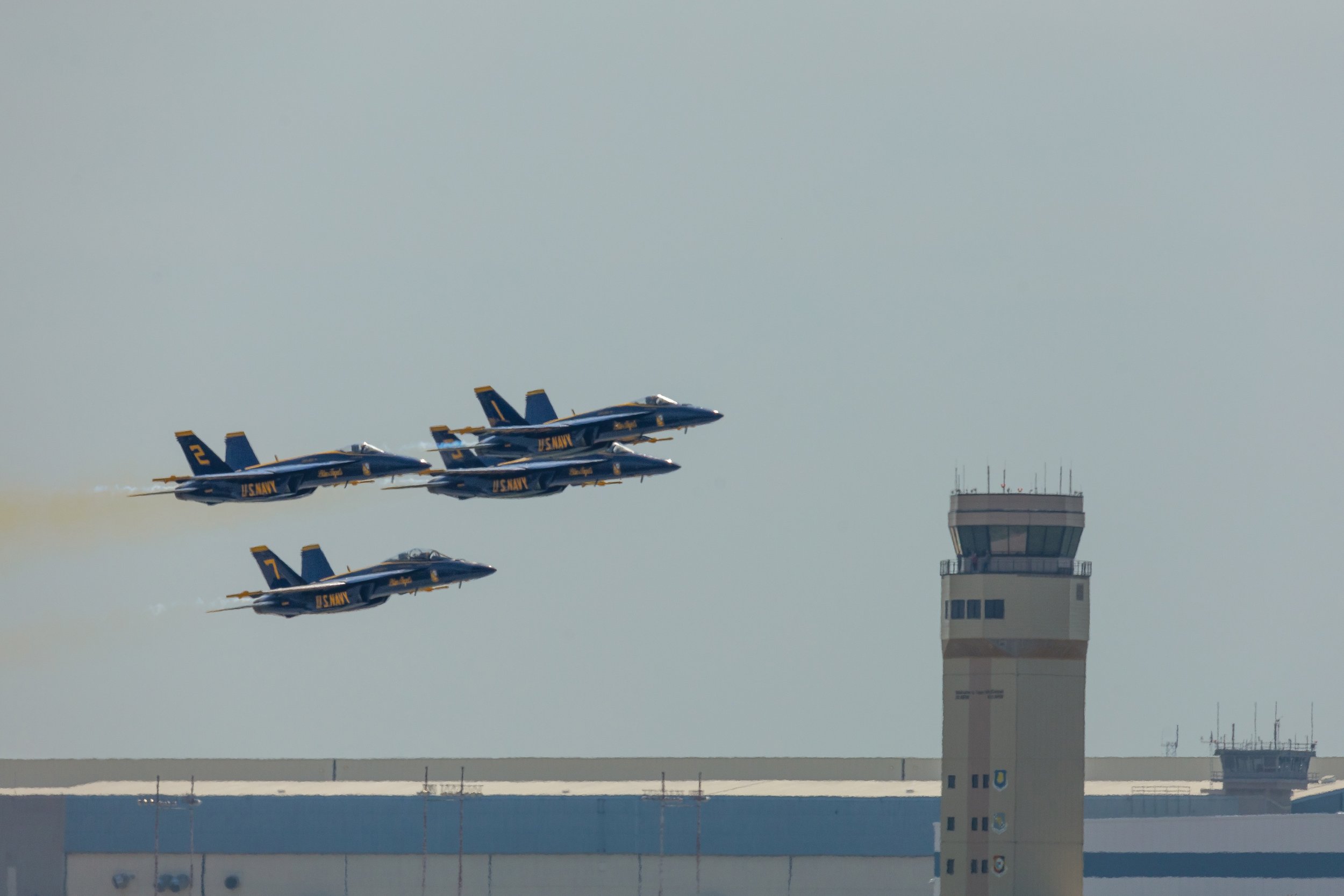
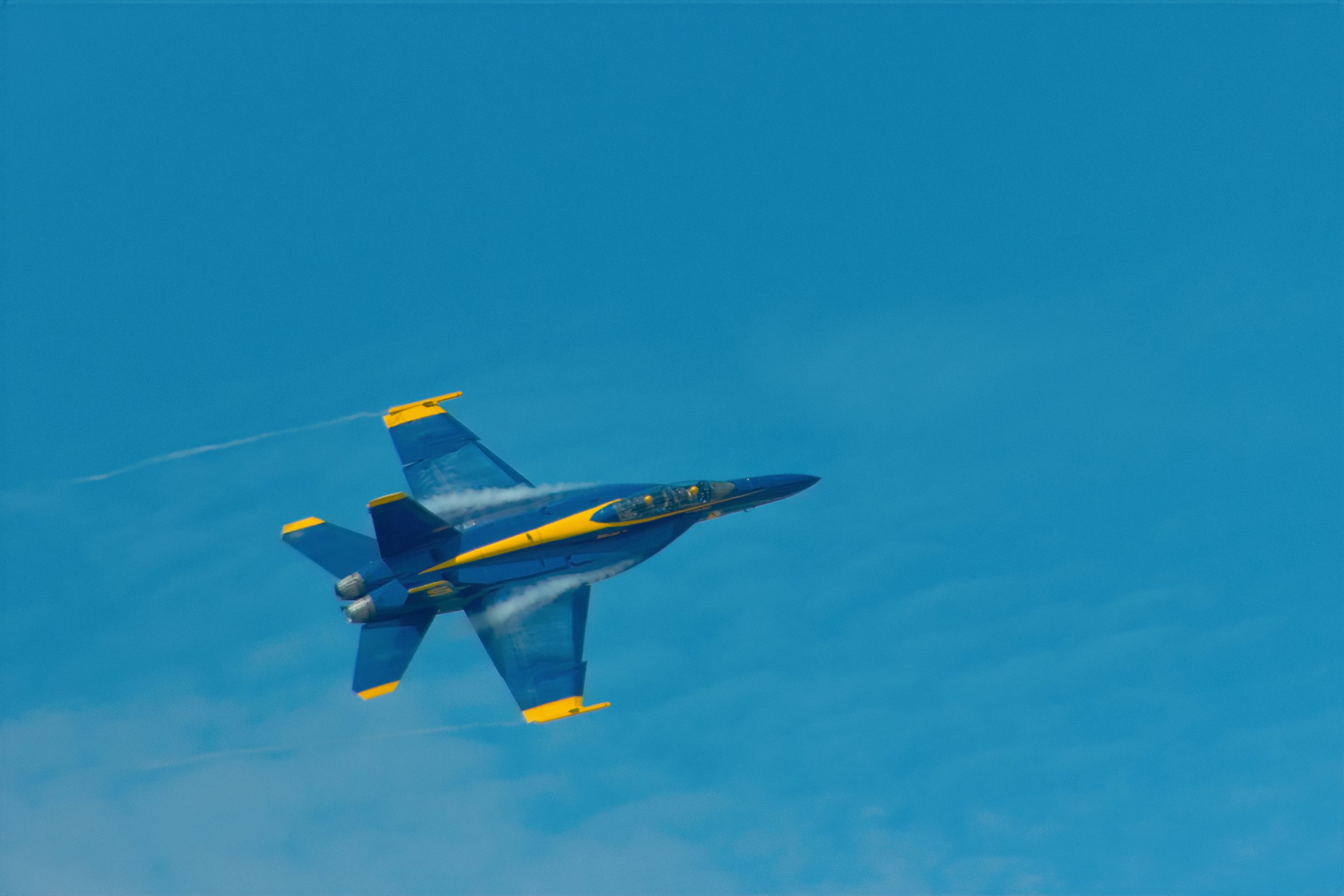


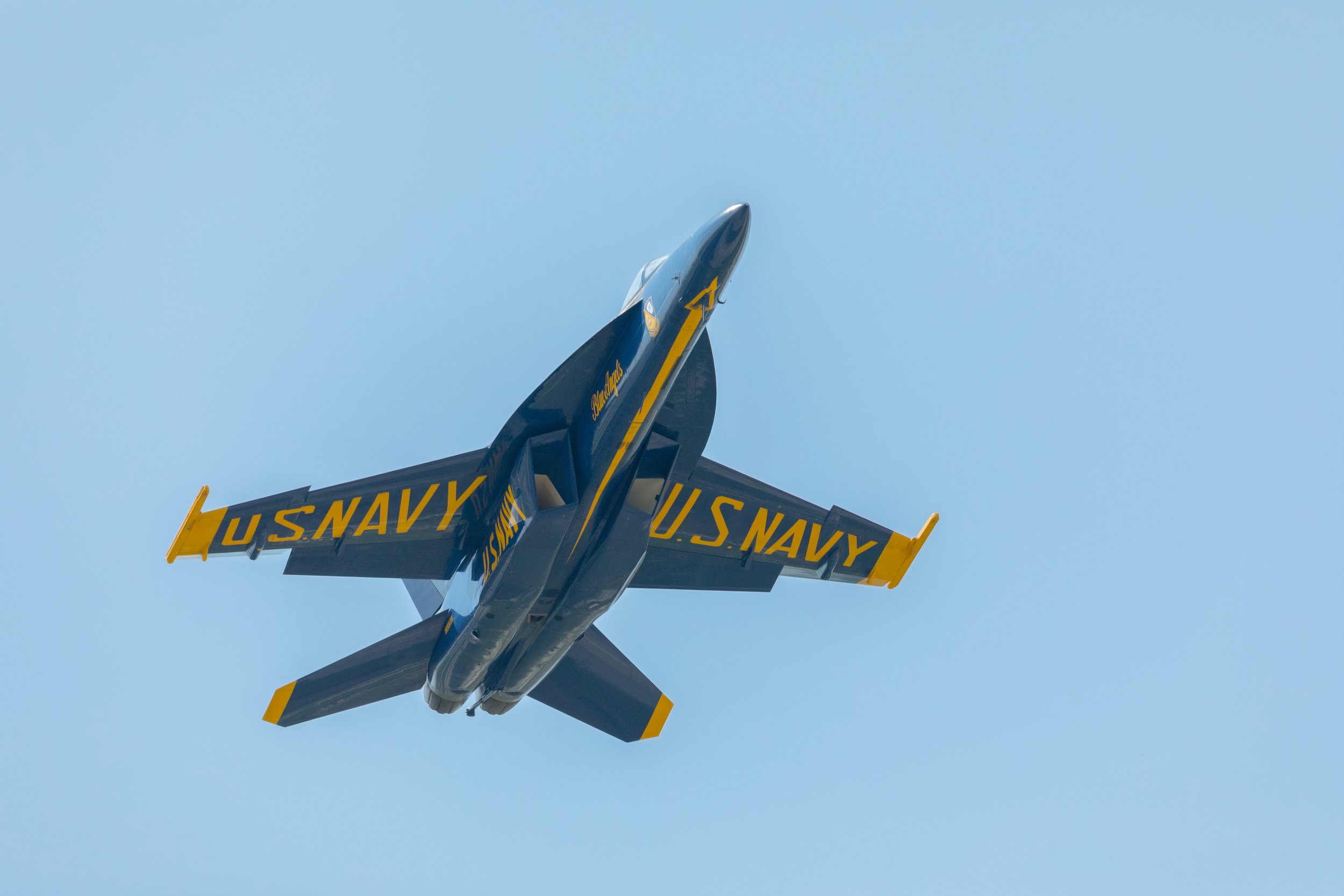
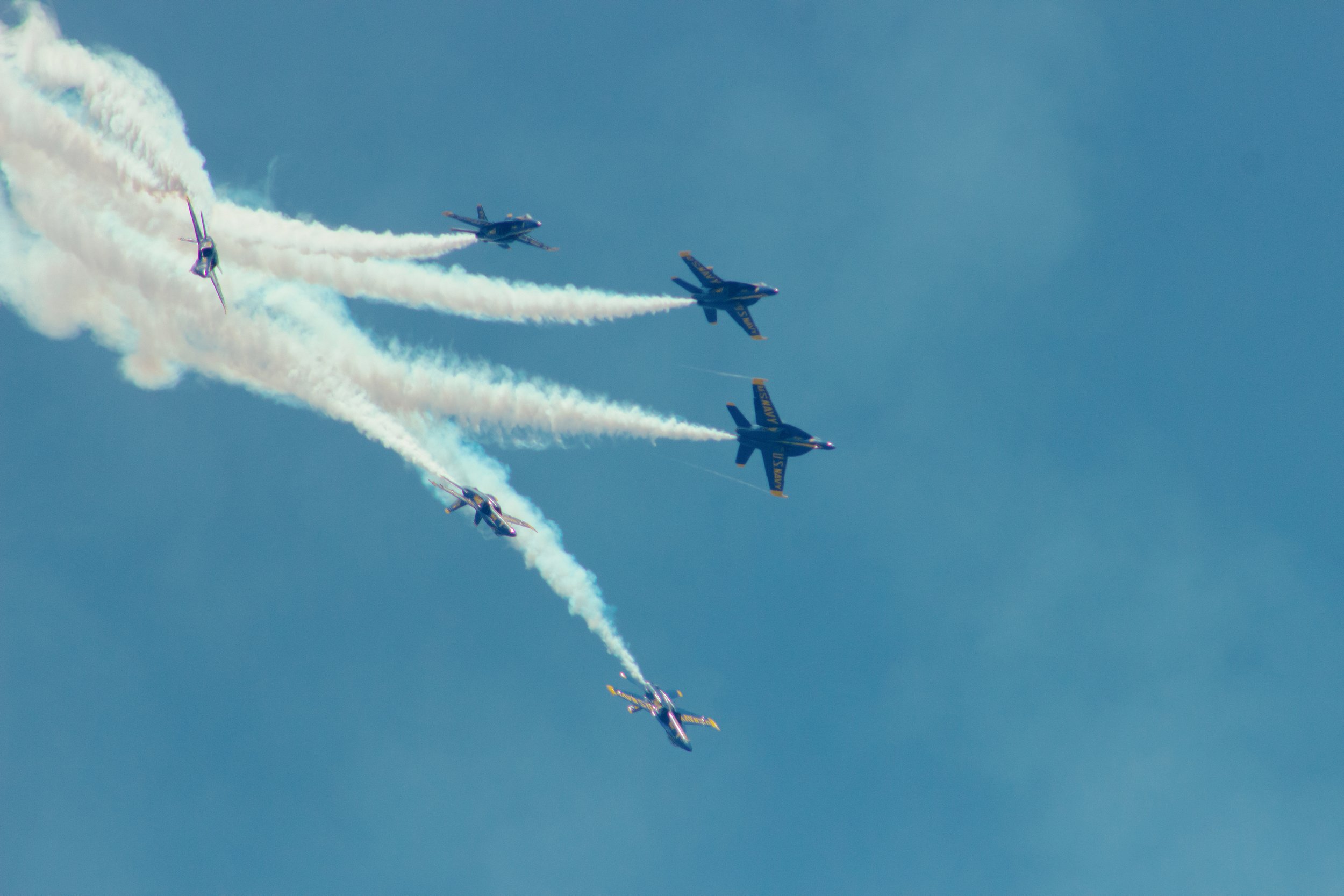
US Navy FA-18 Super Hornet “Blue Angels” demonstration team at McConnell Air Force Base’s 2024 Frontiers in Flight Airshow
Tora Tora Tora demonstration team flying over a US Army Chinook Helicopter
Arrival of a US Army Chinook Helicopter at McConnell AFB
B-29 Superfortress “Doc,” one of 2 remaining flight-worthy B-29s at time of capture
Microburst downpour over a C-17 on Sunday, August 25th, 2024
The McConnell AFB Flightline on Sunday, August 25th, 2024

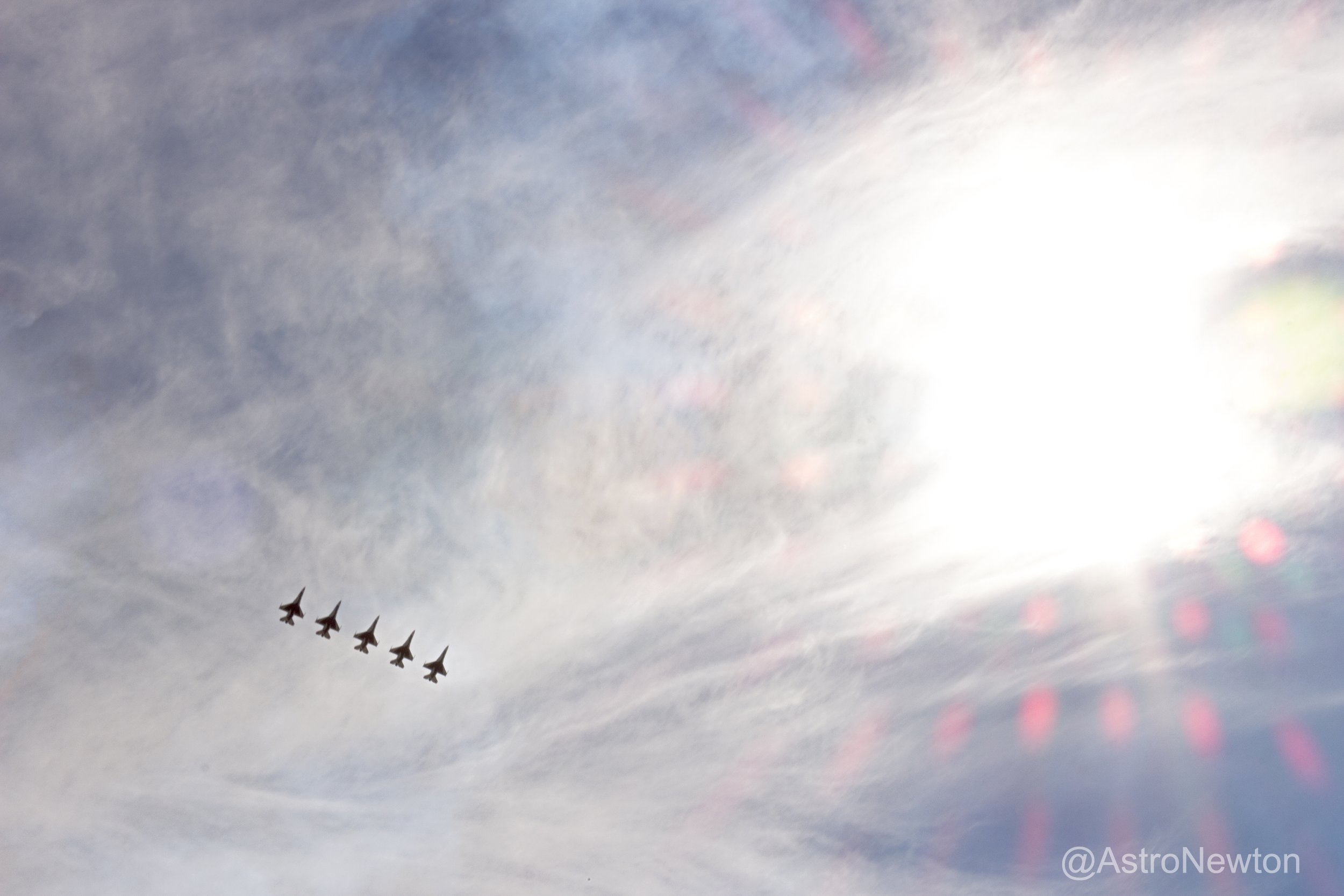
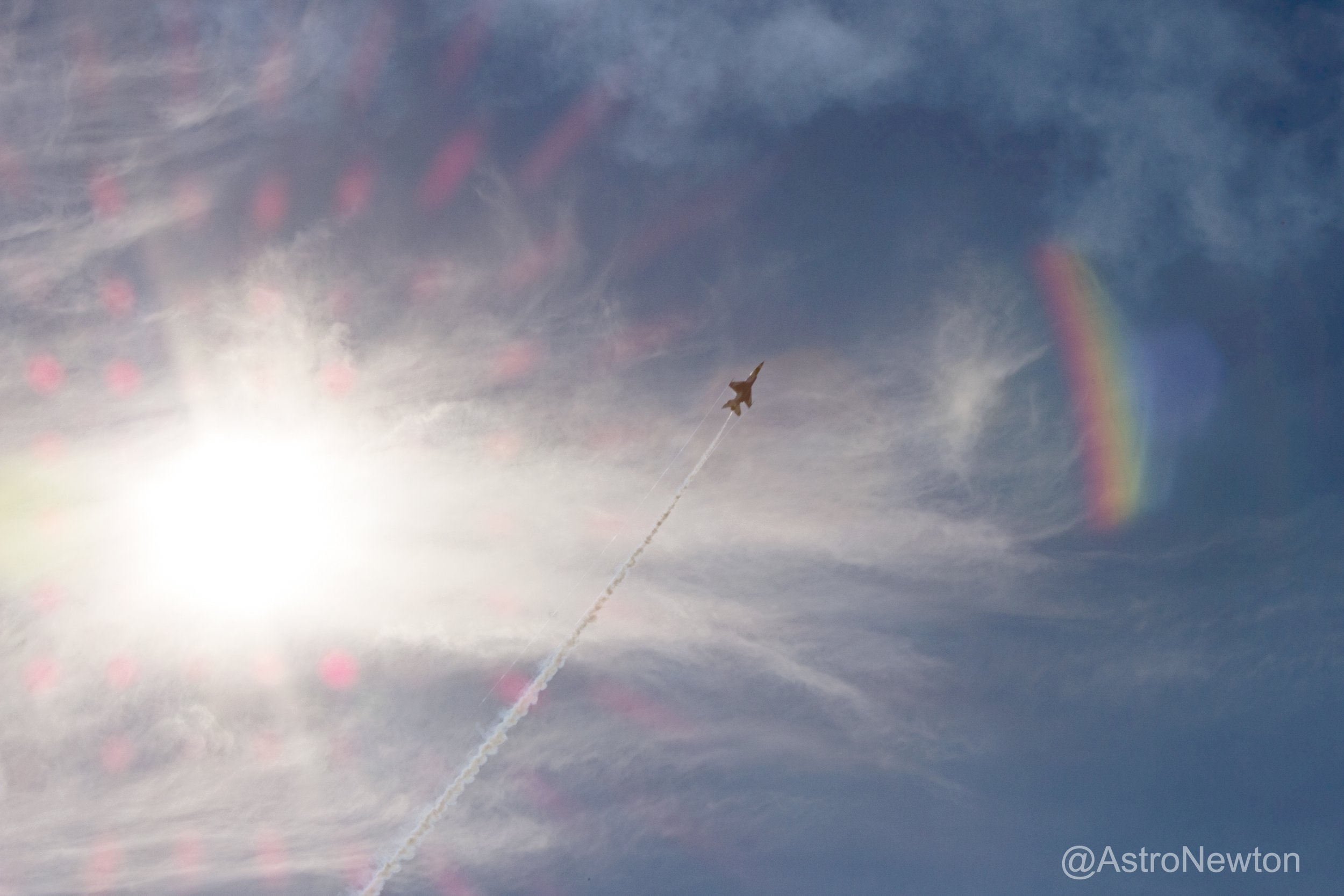
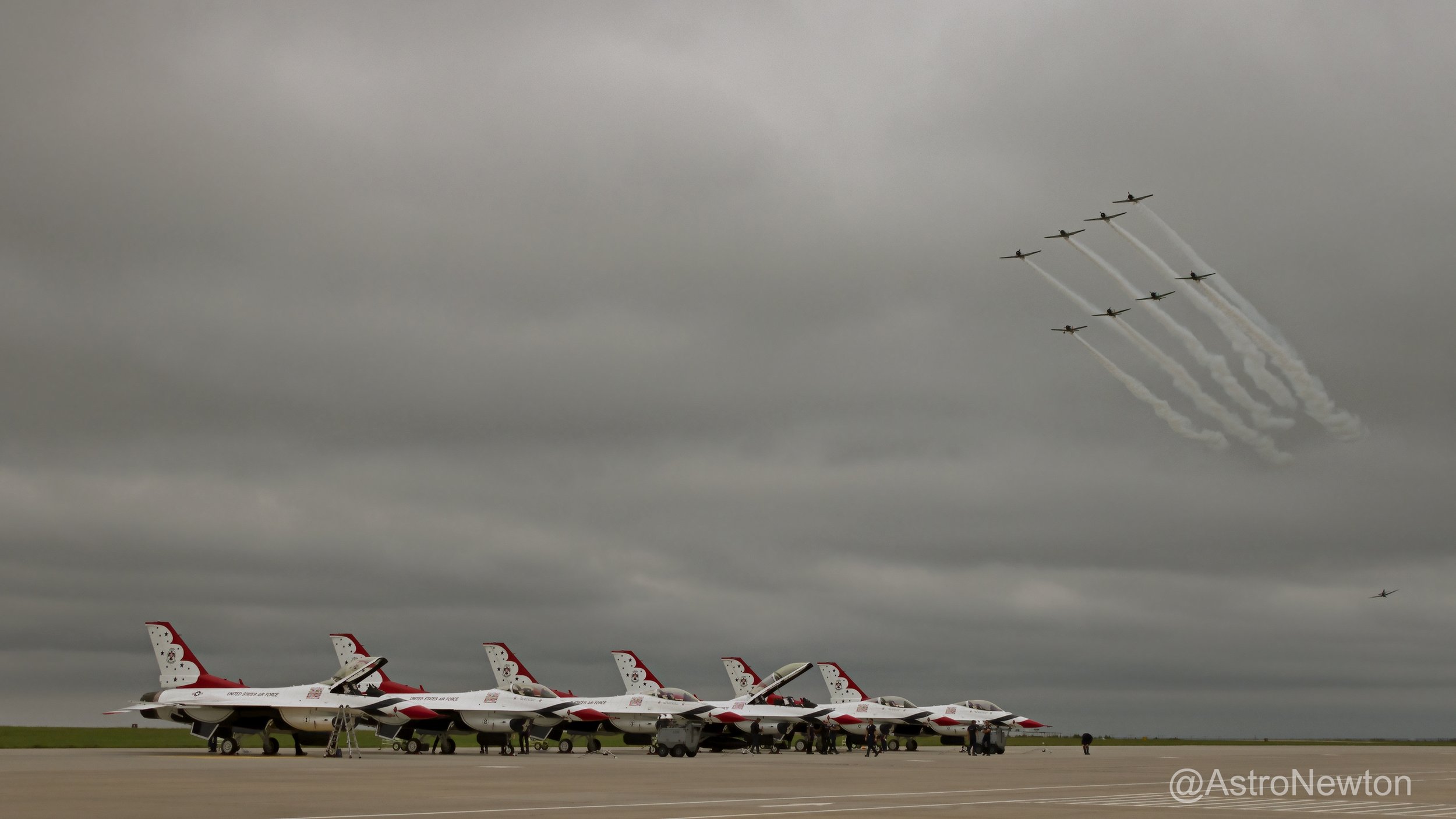
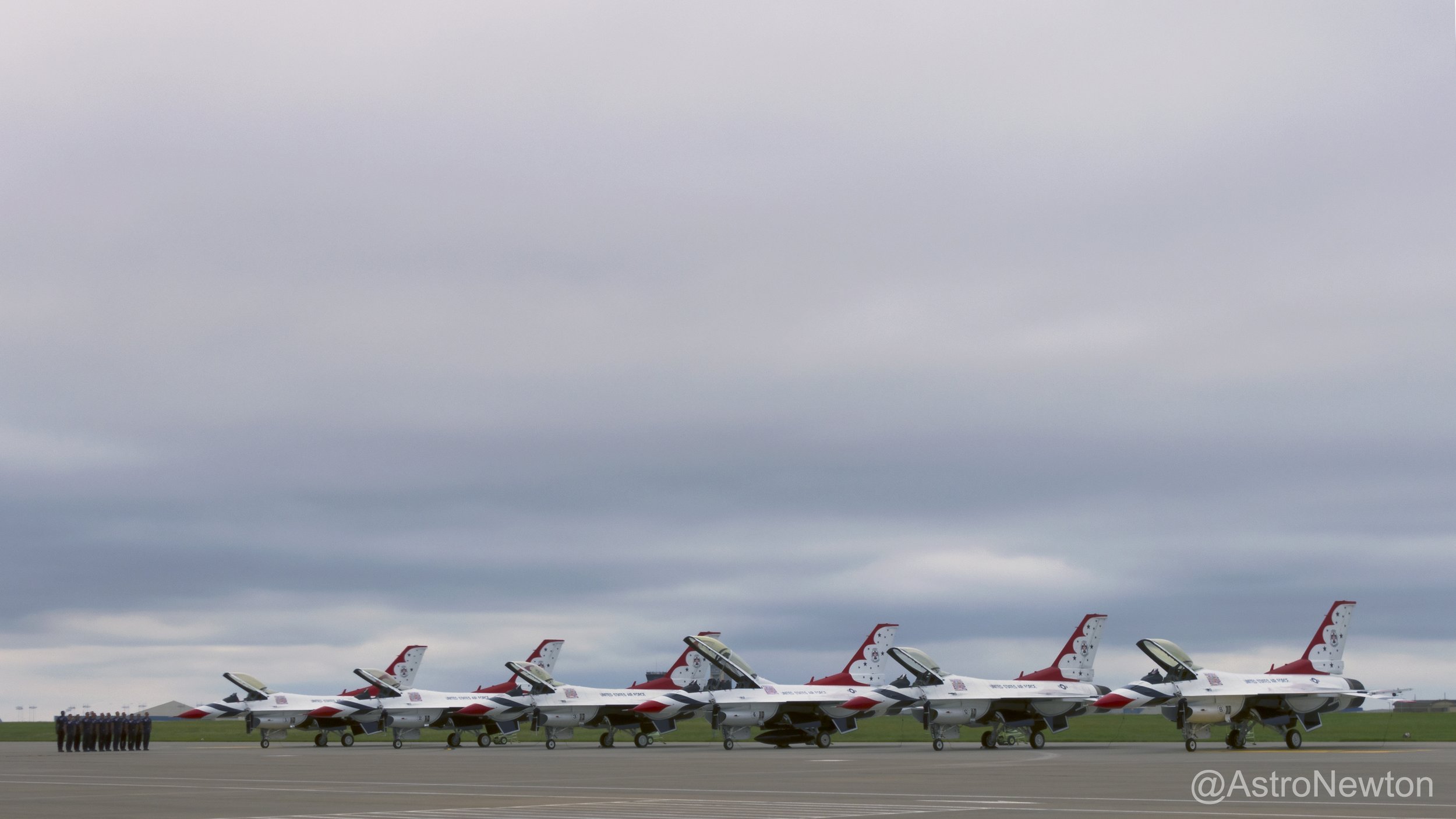
US Air Force F-16 “Thunderbirds” demonstration team, captured September 2018 at McConnell AFB
A-10 Thunderbolt, September 2018
Boeing 747 Dreamlifter, September 2018
B-1B Lancer, September 2018

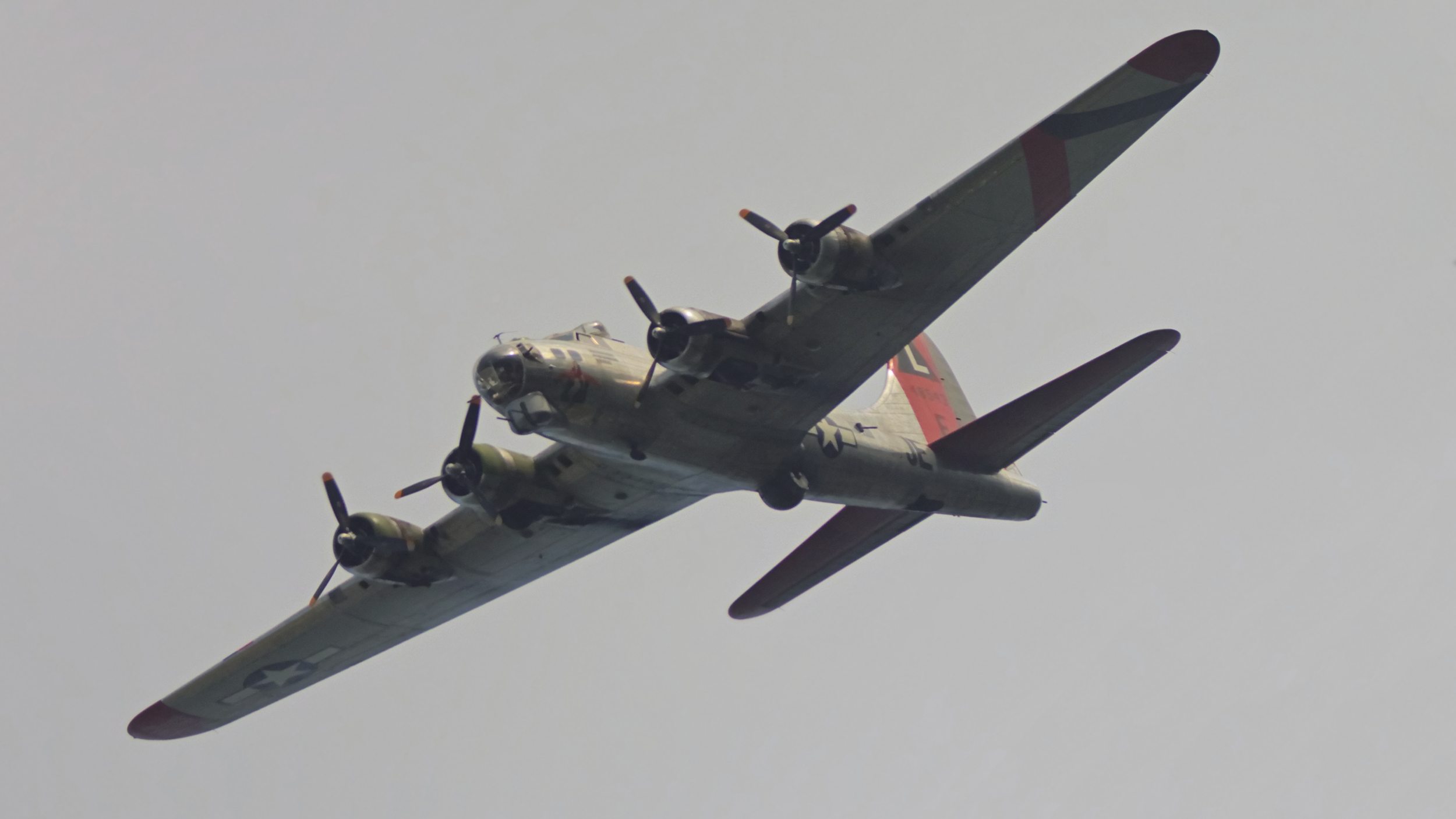
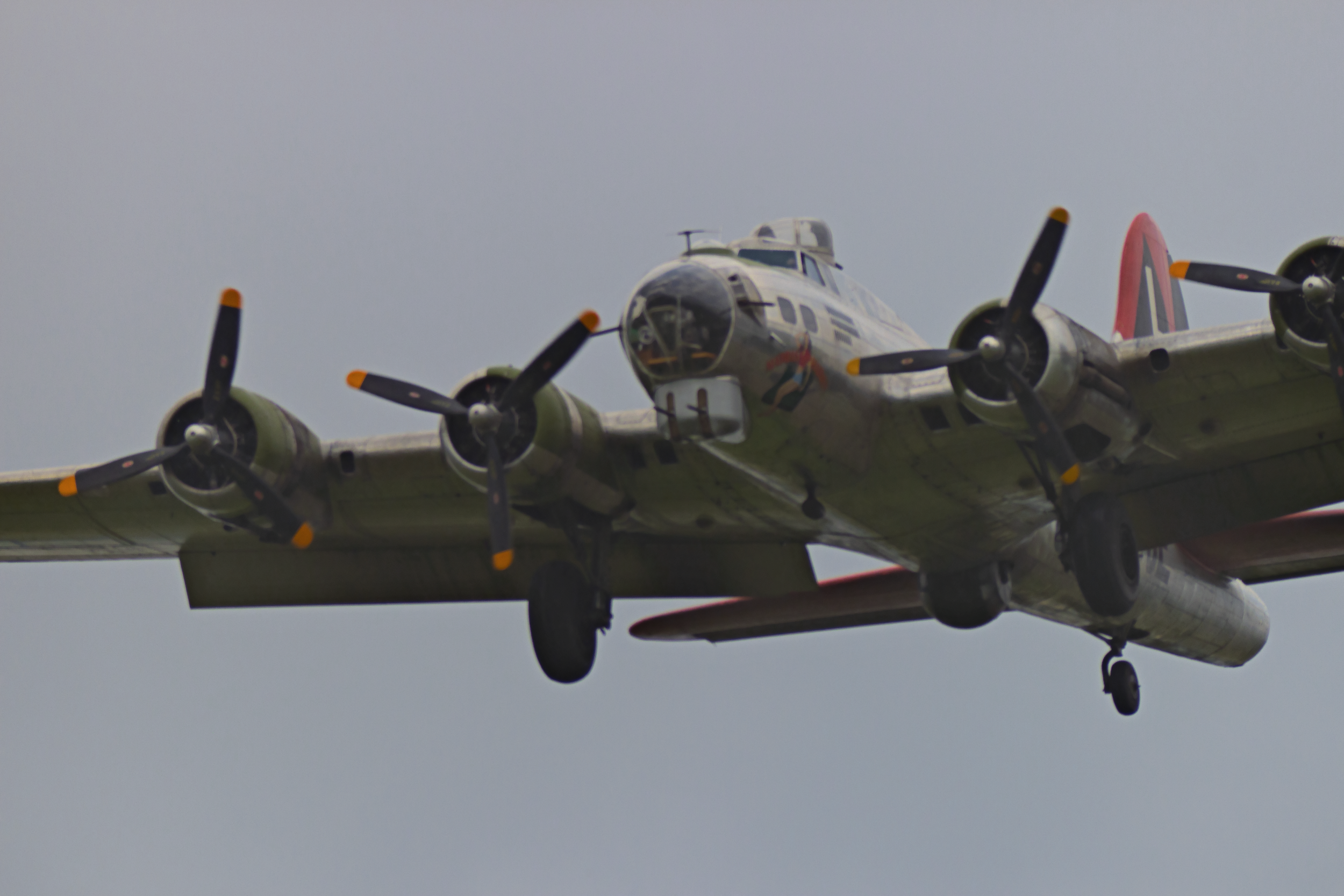
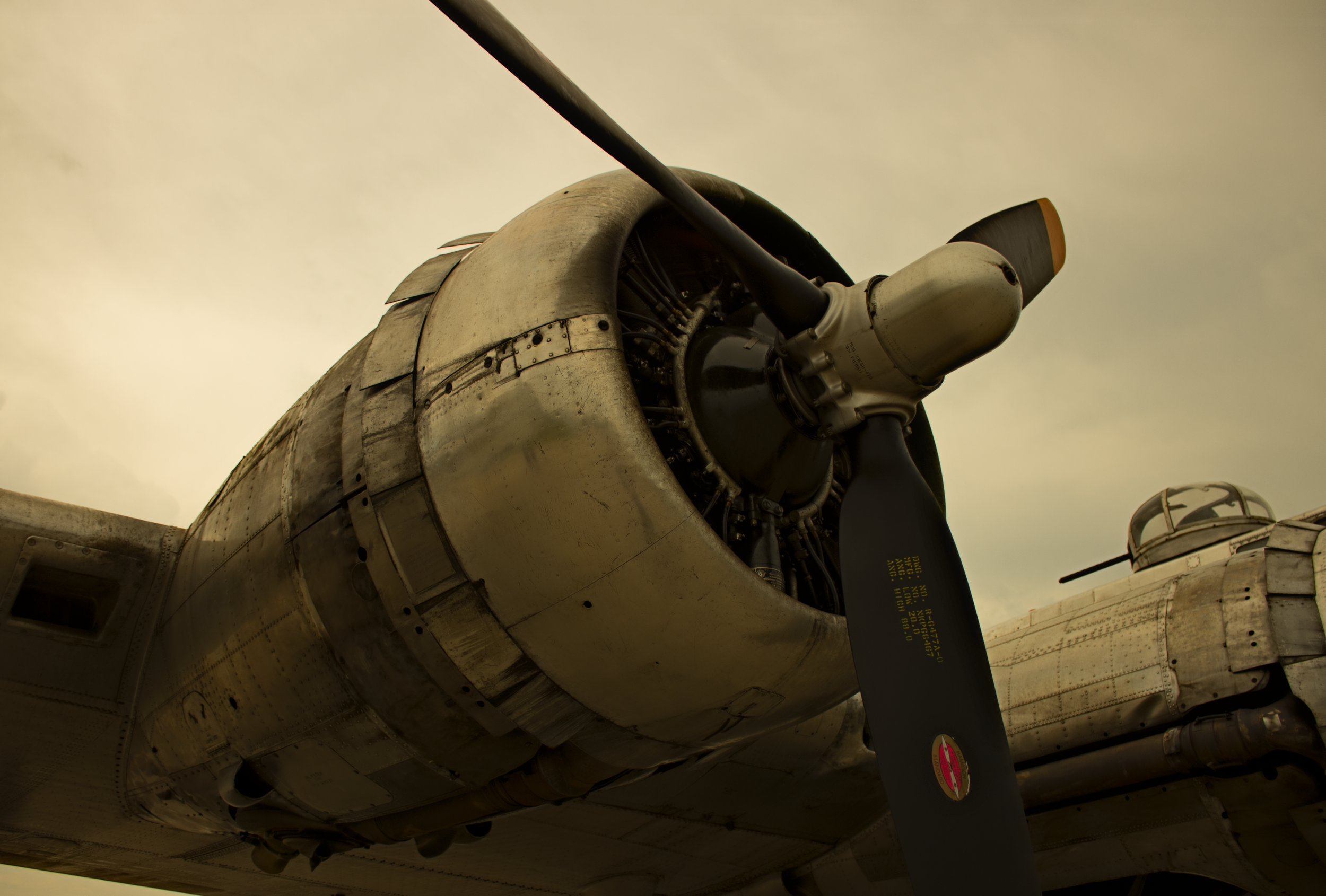

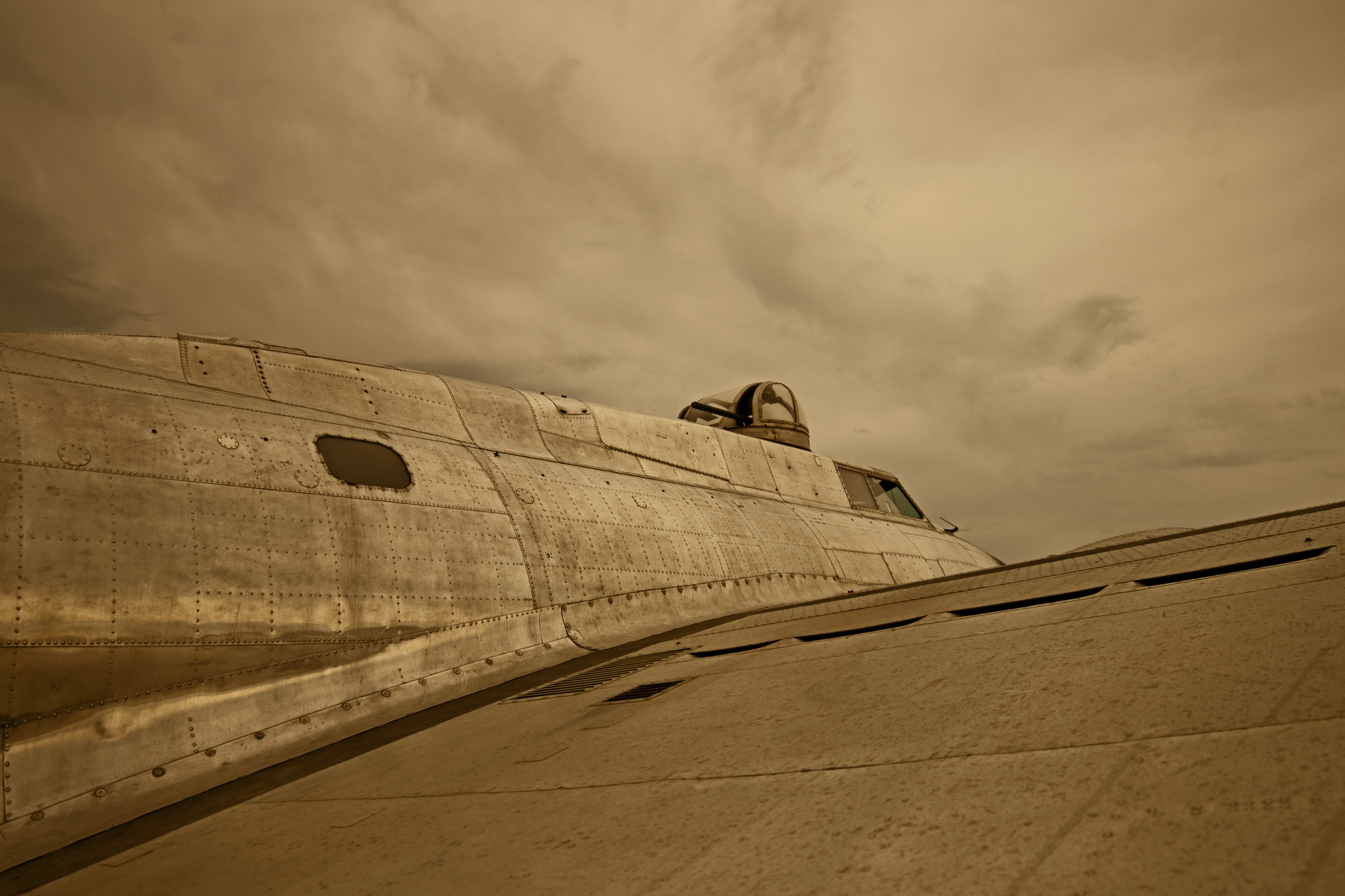

B-17G “Madres Maiden” captured in May 2018
Boeing E-4 Advanced Airborne Command Post, the “Doomsday Plane,” captured May 2018
Boeing E-4 Advanced Airborne Command Post, the “Doomsday Plane,” captured May 2018 at sunset


